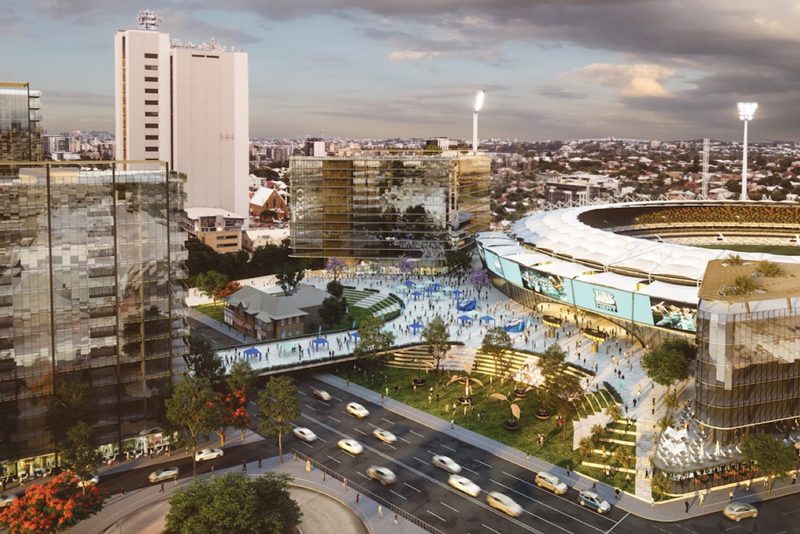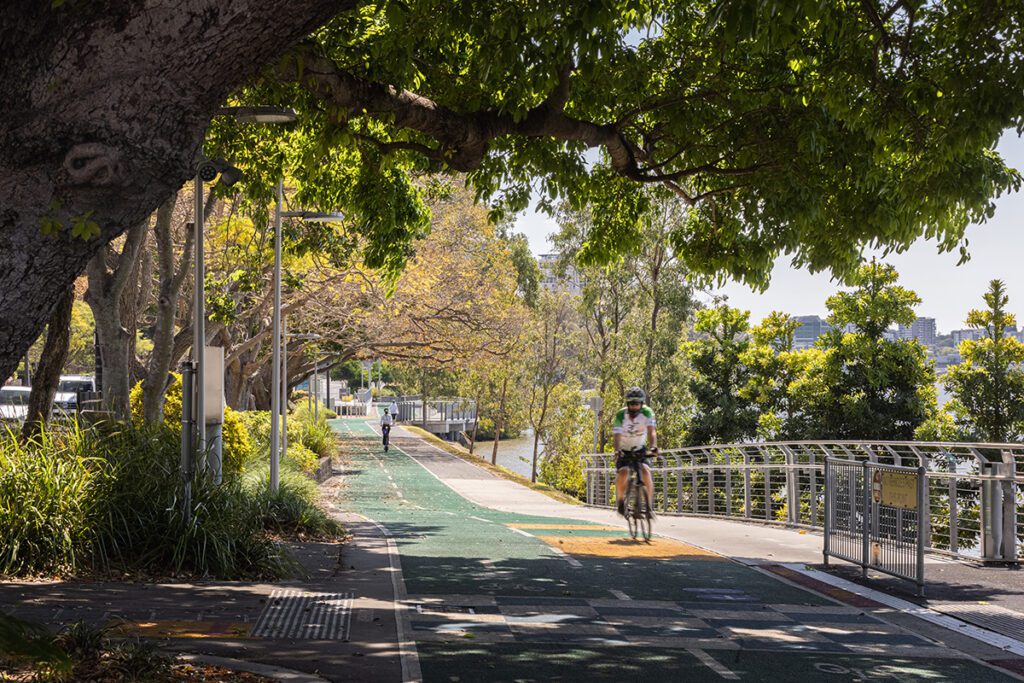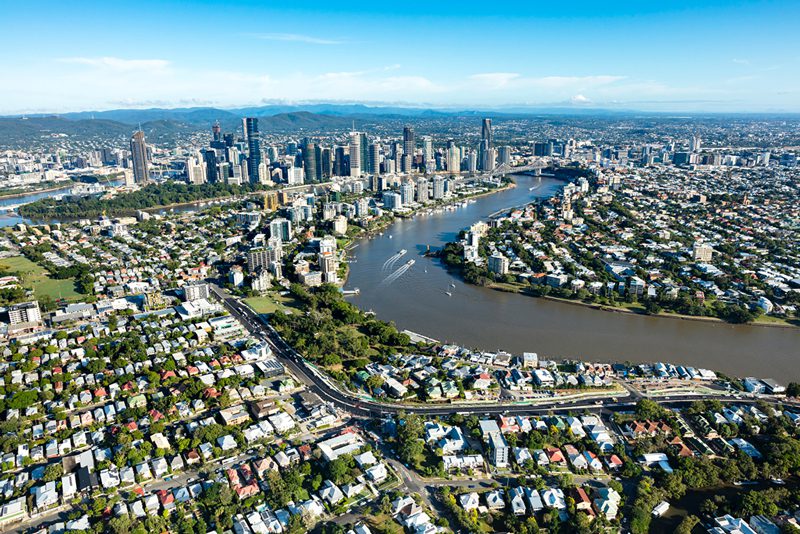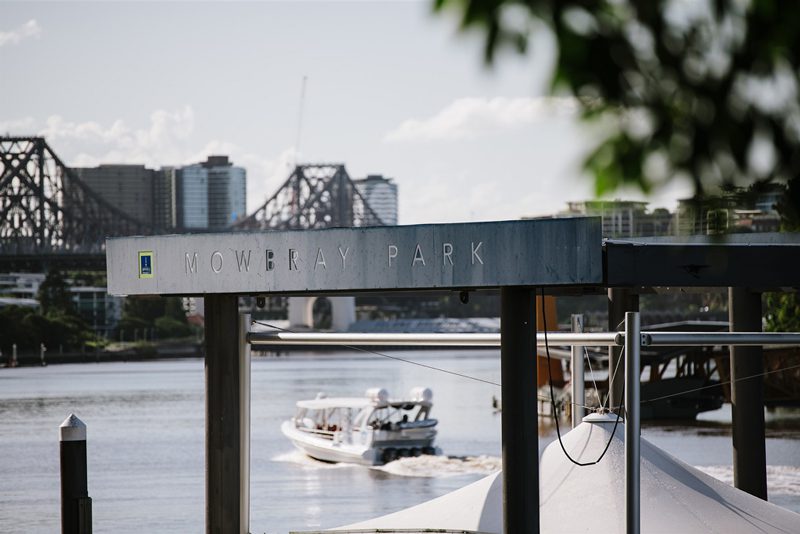Being subject to such exceptionally strong underlying demand drivers and a comparatively constrained future dwelling supply pipeline means East Brisbane is very likely to outperform the wider Brisbane residential apartment market in the coming years. Find out why.
Read moreWhy Invest in East Brisbane
Being subject to such exceptionally strong underlying demand drivers and a comparatively constrained future dwelling supply pipeline means East Brisbane is very likely to outperform the wider Brisbane residential apartment market in the coming years. Find out why.
There is no time like now to invest in East Brisbane, with the suburb set to experience strong rates of growth in the coming years due to several compelling reasons:
1. A highly sought-after location
Located just 2.5km from Brisbane’s CBD, East Brisbane boasts exceptional accessibility to employment hubs, lifestyle amenities, hospitals, transport, the Brisbane Airport, and Gold and Sunshine Coasts via the M1 Motorway.
The suburb is home to a large number of multi-million dollar properties, with recent sales of up to $8.1 million. Residents have a variety of premium boutiques, cafes, and restaurants within close reach, such as Woolloongabba’s trendy Logan Road precinct, as well as bikeways and vast riverfront recreational greenspaces located in Mowbray Park and Heath Park.
2. Proximity to major infrastructure projects
East Brisbane will directly benefit from its proximity to an incredible pipeline of infrastructure investment currently under construction and planned. The majority of Brisbane’s cornerstone projects including Queens Wharf, the Kangaroo point Green Bridge, Cross River Rail, the Gabba Masterplan and Brisbane Metro all fall within a 1.5km radius.
Heritage-listed Mowbray Park is set to undergo a significant expansion and improvement, offering 2,733 m2 of new riverfront greenspace and picnic spaces.

3. Proximity to world-class education and healthcare
East Brisbane is in the catchment of some of the city’s most sought-after schools and proximity to world-class tertiary institutions, including the ultra-exclusive Anglican Church Grammar School, Somerville House and the Queensland University of Technology.
The Mater Public and Private Hospital and Specialist precinct are only 1.2km away. Residential property in these well-serviced locations is consistently in strong demand and very tightly held.
4. Proximity to employment hubs
The area’s unemployment rate of 4.4% sits comfortably below Greater Brisbane’s overall rate of 5%, and well below that of other inner-city locations. This is likely due to a combination of proximity to major employment hubs and the type of demographic drawn to this area – namely well-educated, white-collar professionals.
In the five years preceding the 2016 Census, local East Brisbane employment opportunities increased by 25% and are projected to increase by a further 35% by 2031.
5. Growing population driving demand
East Brisbane’s residential population has grown by around 26% in the previous decade to approximately 16,900 in 2021. Based on future population projections, around 2,800 new dwellings will be required to house the local population in 2041.
6. Professional and prosperous demographic
Current residents are largely young, active white-collar professionals with prosperous socioeconomic status. The dominant age group is between 20 and 34, and close to a quarter of the population earns over $150,000 per annum.
East Brisbane’s age profile shows growth in the young professional and retirement/downsizer demographic. This reflects an increasing appetite for low maintenance, lifestyle-led living options near excellent levels of amenity. These groups also typically have a greater financial capacity to rent or purchase premium quality dwellings.
7. A desirable residential property market
For some time industry experts have been forecasting that Brisbane would be the best performing capital city market over the coming years.
As of January 2022, Brisbane has been outperforming all other Australian capitals, due to South East Queensland’s record infrastructure pipeline; a stronger state economic outlook; record levels of interstate migration driven by employment and affordability; and a rapidly declining future dwelling supply pipeline.
Highlighting East Brisbane’s status as an extremely desirable blue-chip location, houses sold during the year to March 2022 commanded a 94%, or $660,000 premium above those sold across the Greater Brisbane area during the same period.

8. Low Supply
New apartment supply is extremely limited in inner-Brisbane and trending down further, highlighting the strength of investment opportunities in locations such as East Brisbane.
Unlike other suburbs that boast similar proximity to the CBD, East Brisbane has a large number of freestanding character homes protected by planning provisions which has greatly restricted apartment development and will ensure it remains constrained into the future.
Further to this, a comparatively large number of dwellings are also owner-occupied. This high proportion of free-standing and owner-occupied dwellings provides a crucial differentiation for East Brisbane over other inner-city locations, favouring future investment prospects for attached dwellings that tend to be more readily impacted by and reflect underlying demand/supply realities.
9. Low vacancy rates and high yields
Vacancy rates are one of the best lead indicators of the underlying demand/supply balance in residential property. In this respect, the core fundamentals of the East Brisbane property market have been consistently strengthening since December 2016. At 0.9%, the current East Brisbane vacancy rate reflects an exceptionally tight and undersupplied dwelling market.
As a consequence of such a low vacancy rate, East Brisbane apartment rents have increased by $84 per week or 17.5% in the previous year.

Now is the time to invest in East Brisbane
We have an exciting new opportunity launching soon to East Brisbane. Click below to learn more and register for exclusive access before public release.
* Please view our disclaimer for more information on Mosaic Research.
Coming Soon to East Brisbane
You may also enjoy reading...
Being subject to such exceptionally strong underlying demand drivers and a comparatively constrained future dwelling supply pipeline means East Brisbane is very likely to outperform the wider Brisbane residential apartment market in the coming years. Find out why.
Read moreUpdate: Brisbane’s game-changing infrastructure investment
Brisbane's New World City transformation is well and truly underway, with a once-in-a-generation level of significant infrastructure investment that will completely redefine its visitor and living experience. Here we look at how Brisbane’s key infrastructure projects are advancing, with several heading closer to the finish line.
Read moreBeing subject to such exceptionally strong underlying demand drivers and a comparatively constrained future dwelling supply pipeline means East Brisbane is very likely to outperform the wider Brisbane residential apartment market in the coming years. Find out why.
Read more

